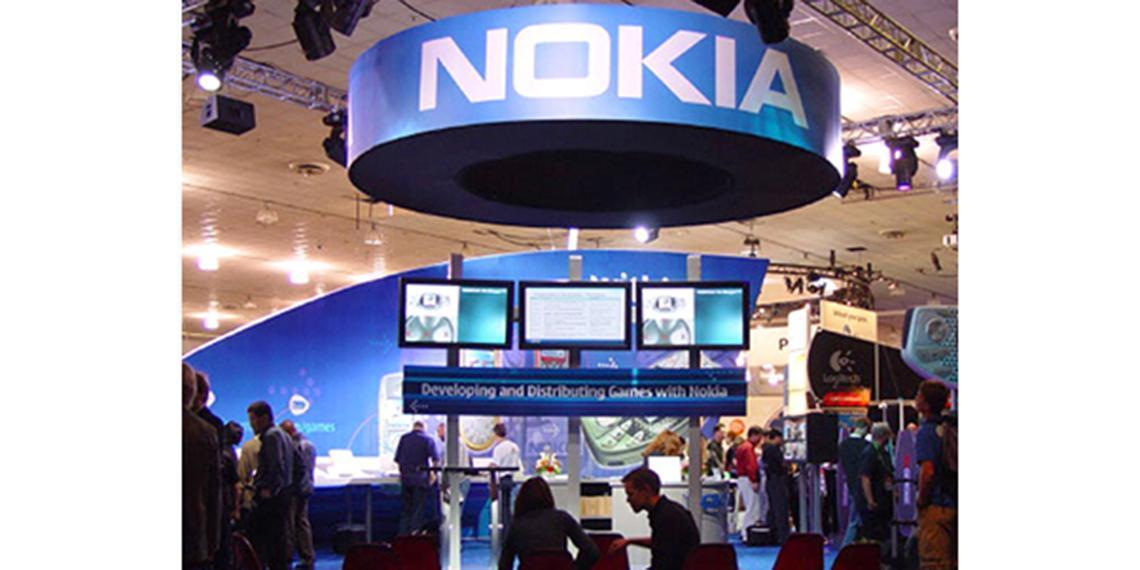Nokia has completed a laboratory trial with Deutsche Telekom that has demonstrated how XG-FAST, a new fixed ultra-broadband access technology, can be used by service providers to meet ever-growing demands for high-quality Internet services delivered over their existing copper networks. The lab trial was conducted end of 2015 by Nokia's subsidiary Alcatel-Lucent.
XG-FAST is a Bell Labs-developed extension of Nokia's commercially available G.fast technology. The trial conducted at Deutsche Telekom's cable laboratory in Darmstadt, Germany, generated data throughput speeds of more than 10 gigabits-per-second (Gbps), approximately 200 times faster than speeds in the average residential broadband connection today. In providing fiber-like speeds, the copper-based technology could enable a two-hour HD movie to download in less than 10 seconds, or for 1,000 photos to be uploaded in less than two seconds.
Deutsche Telekom's network - which uses VDSL2 Vectoring as well as fiber-to-the-home (FTTH) technology - currently, offers customer’s access speeds of up to 100 megabits-per-second (Mbps). In enabling Deutsche Telekom to make efficient use of its existing copper network infrastructure, the innovative XG-FAST technology could also enable it to deliver further on commitments to Germany's national broadband targets for providing more bandwidth to more people.
Federico Guillén, president of Fixed Networks, Nokia, said: ""As a global leader in ultra-broadband fixed access we are offering operators a mix of fiber and copper technologies to deploy high-quality services more quickly and cost-effectively. The XG-FAST trial with Deutsche Telekom represents an important milestone in our ongoing efforts to extend the potential of copper for delivering ultra-fast speeds, while also bringing fiber closer to residential and business users.""
Bruno Jacobfeuerborn, CTO of Deutsche Telekom, said: ""Working on this demonstration we can see the future possibilities of XG-FAST in maximizing existing assets. This will provide another technology option which could enable us to offer high-speed connectivity to our customers quickly and cost-effectively, and at the same time, move our fiber infrastructure closer to our customers.""










